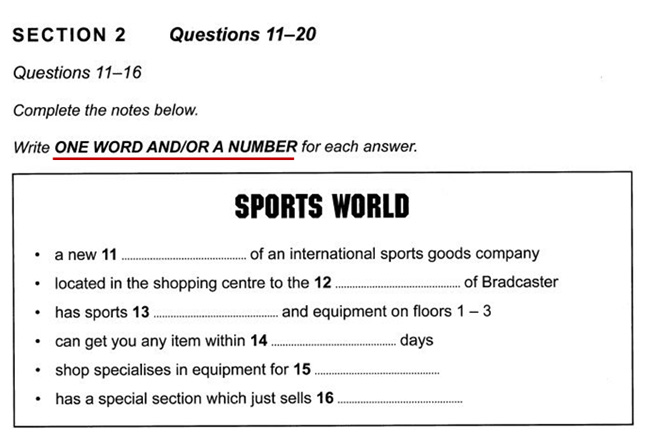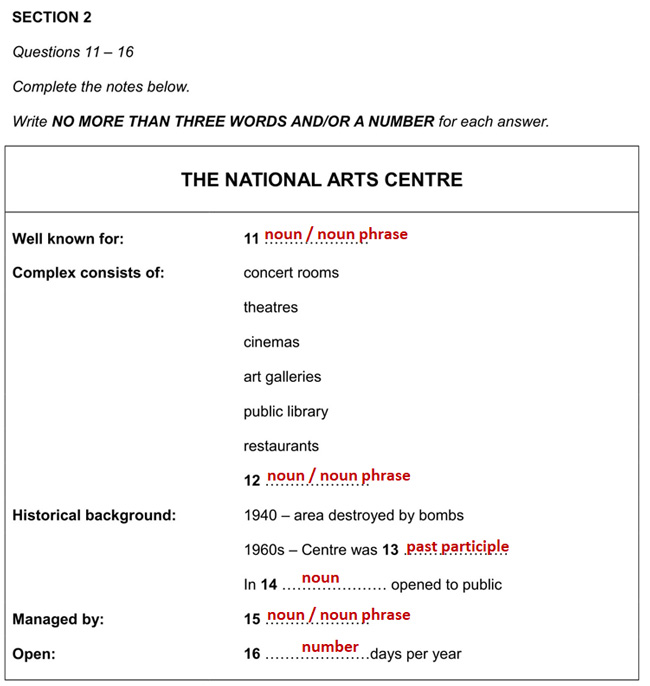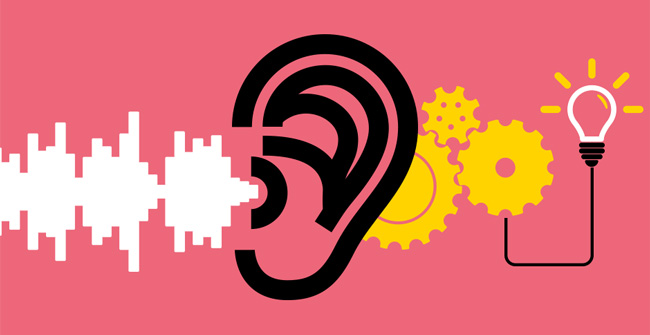IELTS Listening Note Completion & Form Completion Questions
Having several features and techniques in common with Table/Sentence/Summary Completion Questions, IELTS Listening Note Completion and Form Questions promise not to exceptionally challenge test-takers with copious tips and strategies touched upon in this article.
1. Introduction to IELTS Listening Note/Form Completion Questions
In the first place, you need to discern what notes and forms actually are and whether they are similar or different from each other. In fact, Note and Form Completion Questions are almost the same in terms of form and strategies to follow.
On the one hand, taking notes seems to be one of our daily habits so as to remember or highlight any vital information. Likewise, in the IELTS Listening test, Note Completion Questions contain what the speakers have discussed in the conversations or monologues.
On the other hand, forms are also regularly used in our life that require us to complete some kinds of documents with essential information such as job application form, resignation form, registration form, etc.
Normally, the notes or forms will consist of:
- headings or subheadings
- lists of bullet points
- key terms or phrases
- names
- numbers
- places
- addresses
- phone numbers
- prices
- times
- steps
rather than full sentences.

Form Completion Questions are more commonly seen in section 1 with basic information like names, places, dates, postcodes, etc.

whereas Form Completion Questions are preferred in section 4 of the IELTS Listening test with more complicated and academic contents.

Your task is to simply complete the note or form by filling in the gaps with correct answers based on the information in the recording.
Notwithstanding its concise format, it should be cautious of some tricks and obstacles that IELTS Listening Note Completion Questions may bring to you.
>>> Practice now: IELTS Listening Practice Test
2. IELTS Listening Note/Form Completion Questions Strategies
2.1. Read the instructions carefully
It’s worth paying attention to the word limit for an answer. Let’s take this question below as an example in which it requires you to: Write NO MORE THAN TWO WORDS AND/OR A NUMBER for each answer. It means that you are allowed to write up to two words with or without a number. In other words, if you write more than two words, your answer will be marked as incorrect.

2.2. Read the note/form and Identify keywords
Firstly, take a look at the title of the note/form (if any) before analysing the information below. Getting to know the context can give you some meaning to the details of the note/form.
Then, read the subheadings before jumping into each blank to read carefully around the gaps. While doing so, highlight or underline keywords that can help you detect when the information will be mentioned in the audio.

Besides, try to think of synonyms and paraphrases or changeable words that the speaker may say instead of exact words or phrases in the note/form.
2.3. Predict the answers
This step will give you more opportunities of scoring high in the IELTS Listening Note/Form Completion Questions. Try to look around the gaps and predict what the answers may be or what word type of each blank.

For example, in the question above, we can easily figure out the word type of each blank. Nevertheless, our prediction for each blank can be more specific:
- Question 11: a highlighted feature of the arts centre
- Question 12: a place
- Question 13: a verb in the form of past participle
- Question 14: a date
- Question 15: a name of an organization or business
- Question 16: a number
2.4. Listen and fill in the blanks
Listen carefully to the dialogues or monologues and try to comprehend thoroughly so that you can complete the notes or forms. Write the exact words you hear from the recording as your answers, don’t paraphrase them or use synonyms.
2.5. Double-check answers
Your answers must be correct in terms of meaning, grammar, and spelling at the same time. Therefore, take advantage of the last 10 minutes to check those in detail to maximise your score.
>>> Read more: IELTS Listening Summary Completion
3. Common problems and mistakes & Tips for IELTS Listening Note/Form Completion Questions

- You may listen to the synonyms or paraphrases of keywords in the notes or forms while listening, but just use the exact same words you hear for the answers. Don’t paraphrase the answers or use synonyms
- Be careful with the contrast words like but, except for, apart from, etc. after the information that you’ve found is almost correct (e.g. “In the original design of the building, there was a sculpture hall next to the art galleries. However, the plans were changed to include a studio for visiting performers to run workshops.”)
- Check the word limit that will decide whether your answers are accepted or not (NO MORE THAN TWO WORDS AND/OR A NUMBER.)
- Give an answer for questions you are hesitating as you may get a point
- Watch out for signposting words or phrases such as “Let’s move on…”, “Let’s take a look at…”, or “Firstly, …”, because it helps you locate each idea or point more effortlessly
- Practicing listening to how letters and numbers are pronounced since there often exist confusions among letters and numbers such as A & R, E & I, C & S, H & 8, etc.
- Do multitasking: read, listen, and answer at the same time. Don’t separate those aspects or your process will be broken down
- The grammatical structure, collocations or context can help you with checking your answer
Do these strategies and tips help you dominate the IELTS Listening Note/Form Completion Questions? Install IELTS TEST PRO now and apply the suitable strategies and tips for yourself, then you will have a good result in the IELTS Listening test.